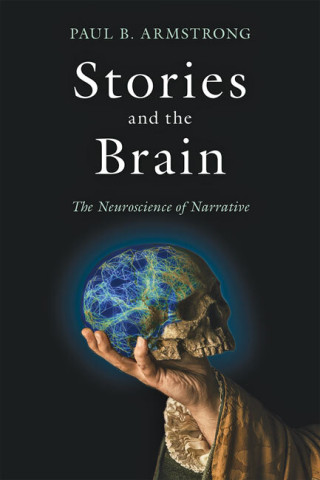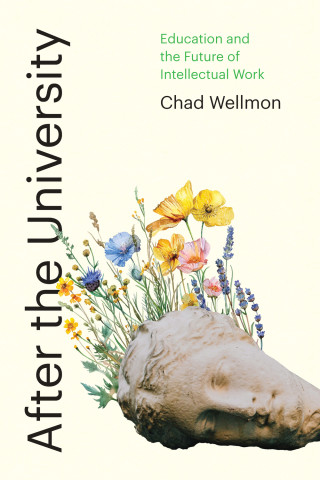
Reviews
Stories and the Brain is a well-researched, engaging discussion on what narrative theory and neuroscience stand to gain from continued collaboration.
A very valuable addition to the field. In this remarkably well-researched and theoretically sophisticated book, Armstrong discusses central issues and concerns in cognitive literary criticism. Positioning himself forcefully and convincingly, he challenges prior literary theorists, debunking fashionable yet unevidenced claims. It takes a project such as Armstrong's to explain why perspectives that instrumentalize and thereby trivialize literature must be put into question.
Offering an excellent discussion about narrative in the context of embodied neuroscience, Stories and the Brain demonstrates a nuanced understanding of an extensive range of experimental science. An impressive book.
In Stories and the Brain, Paul Armstrong persuasively and astutely demonstrates that the goals of theories of neuroscience and narrative will only be met through mutual engagement by scholars in the two domains. This book offers provocative challenges to prevailing dogma and advances innovative claims to displace it.
In this deeply learned and unfailingly thoughtful contribution to narrative studies, Paul Armstrong explores what neuroscience, narratology, and narrative can do for each other. In so doing, he develops a distinctive and powerful neurophenomenological model of narrative that deserves the attention of the international community of narratologists.
Book Details
Acknowledgments
Prologue
Chapter 1. Neuroscience and Narrative Theory
Chapter 2. The Temporality of Narrative and the Decentered Brain
Chapter 3. Action, Embodied Cognition, and the As-If of Narrative
Acknowledgments
Prologue
Chapter 1. Neuroscience and Narrative Theory
Chapter 2. The Temporality of Narrative and the Decentered Brain
Chapter 3. Action, Embodied Cognition, and the As-If of Narrative Figuration
Chapter 4. Neuroscience and the Social Powers of Narrative
Epilogue
Notes
Works Cited
Index






